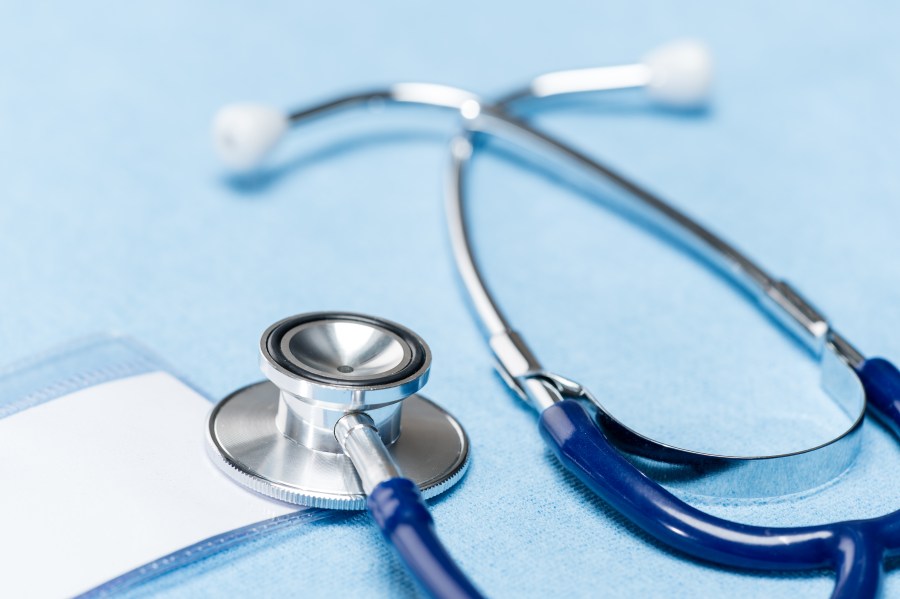HONOLULU (KHON2) — A new study out of the University of Hawaiʻi at Mānoa is raising urgent questions about disaster recovery and delivering clear answers.
Dr. Alika Maunakea, UH-JABSOM professor and lead researcher for the study Health and Social Support in the Aftermath of the Maui Wildfires, said the team asked a question no one else had.
“Simply, it’s asking what’s helping people recover,” he said.
The findings are changing the way health experts think about disaster response, particularly after large-scale climate events.
The study tracked more than 1,100 adults between six and 14 months after the Lāhainā and Kula wildfires. It found both mental and physical health challenges remain high but that strong social support networks are acting as a powerful defense against poor health outcomes.
Link between social support and physical health
While emotional and mental health benefits of social connection are well known, Dr. Maunakea said the data went even further.
“We found a clear and encouraging sign that social support is playing a protective role in health during recovery,” he said. “Those with strong social support since the fires report recovering faster from the acute symptoms that was really common among survivors, including skin irritation, headaches, nausea, fatigue, problems breathing.”
These individuals were also “less likely to exhibit symptoms of depression and anxiety,” he added.
The study used a validated scale to assess social support. Those with strong networks had “about five fewer days of poor health each month and significantly lower depression scores,” even when they had high exposure to fire-related toxins, he said.
Lingering physical and mental health problems
Dr. Maunakea said nearly half of participants reported ongoing symptoms like fatigue and breathing problems.
“About 22% had reduced lung function,” he said. For those within the burn zones, lung capacity was about six percentage points lower than neighbors farther out.
The mental health data was equally alarming.
“About 50% screened positive for depression, compared to about 30% before the fires,” he said. “One in four had anxiety and suicidal thoughts were about five times more common than pre-disaster levels.”
Disparities in who receives support
Not everyone had access to the kind of social networks that eased recovery.
“There are also others that reported not having that strong network,” Dr. Maunakea said. “Amongst those in particular, they experienced these exacerbated health conditions.”
People with preexisting conditions like asthma saw worsening symptoms, especially if they did not receive care early.
“We’re starting to see that play out in the data,” he said. “We also see people who have not been able to seek the care that they needed… they also had problems with these health issues.”
One year later, signs of improvement
The research team has begun following a subset of participants over time. Amongst the 424 individuals tracked a year after the fires, there were signs of progress.
“There were actually improvements in their health,” Dr. Maunakea said. “Suicidal ideation fell about half amongst that group of individuals.”
He also noted a rise in health insurance coverage, particularly for Hispanic participants who initially lost coverage.
“Thanks to programs like Kaiser Permanente’s Charitable Health Access, they were able to get some of this relief,” he said.
Strong community bonds remain a key factor in recovery.
“About 60% within that cohort… continue to exhibit, and express… having strong social support,” he said. “That’s actually a really good sign.”
A warning for future disaster planning
Dr. Maunakea said the study sends a message to government agencies, especially as climate-driven disasters increase.
“Maui is becoming a case study for the nation,” he said. “We know that wildfires and the climate disasters are becoming more severe and more frequent. Our findings actually show that the long-term health recovery requires much more vigilance.”
He went on to explain further.
“It’s not just within, you know, like, you’re okay and check on people like, you know, a few months after the disaster,” he said. “There’s long-term persistent effects.”
A renewed sense of community
The early response from local groups helped lay the foundation for resilience.
“That initial sort of attempt to galvanize the community and strengthen linkages between them had been really important,” he said. “They’re getting to know their new neighbors now… just as part of that coping, you know, as a collective. They’re telling us that that’s also creating a sense of a renewed sense of community around them.”
And it’s making a difference.
“That seems to be really what is helping them to recover faster,” he said. “That’s what we’re starting to see in the data. And that’s what we’re pointing here today.”
You can click here to read the full study from JABSOM.
Today, Aug. 8, marks two years since the wildfires on Maui changed the lives of Hawaiʻi residents forever. And it was through our collective action, Mālama Maui, that recovery has been possible.
